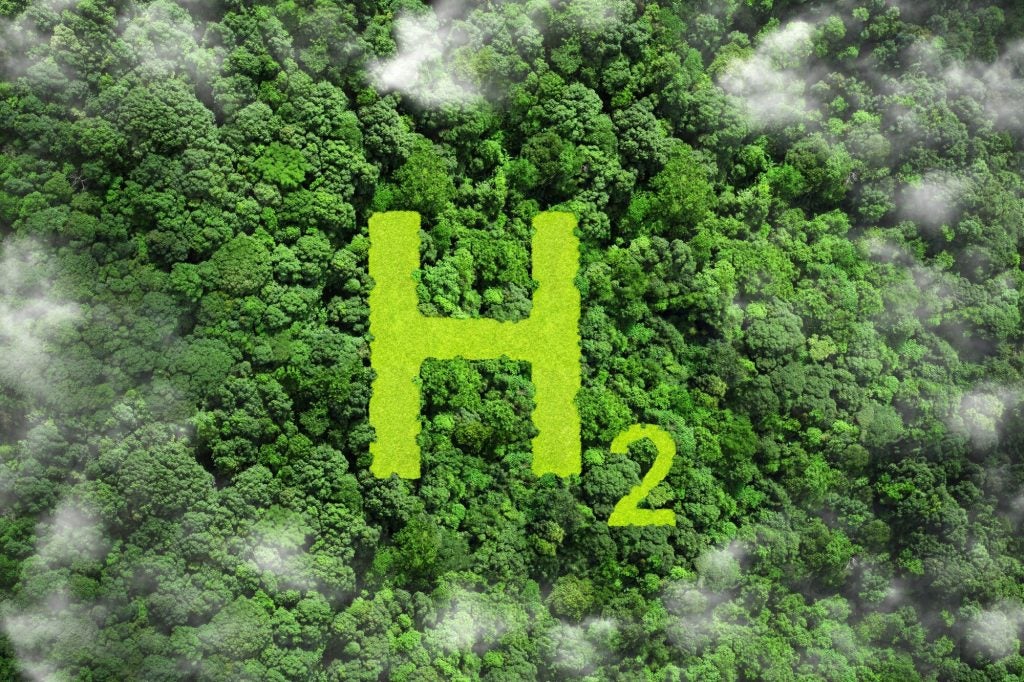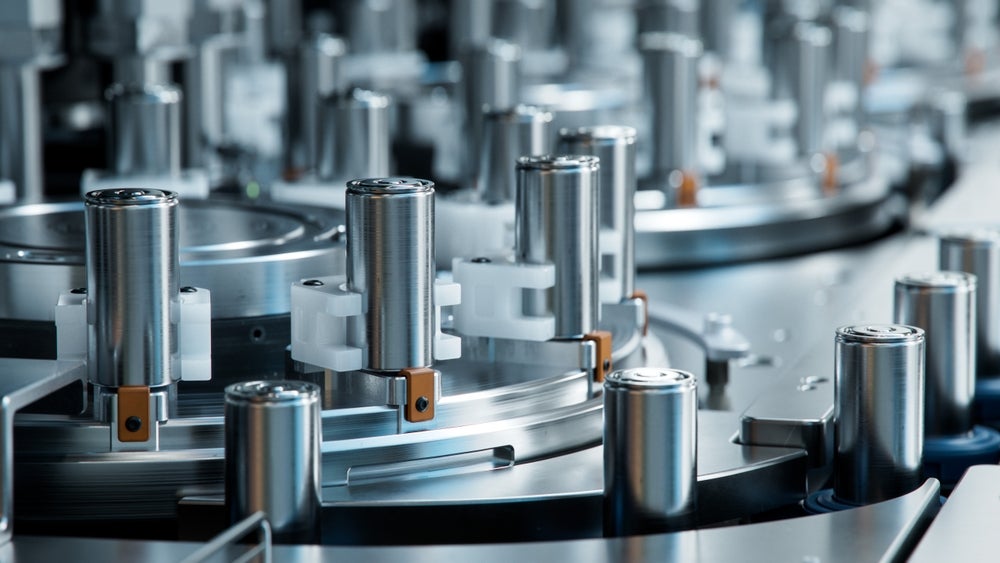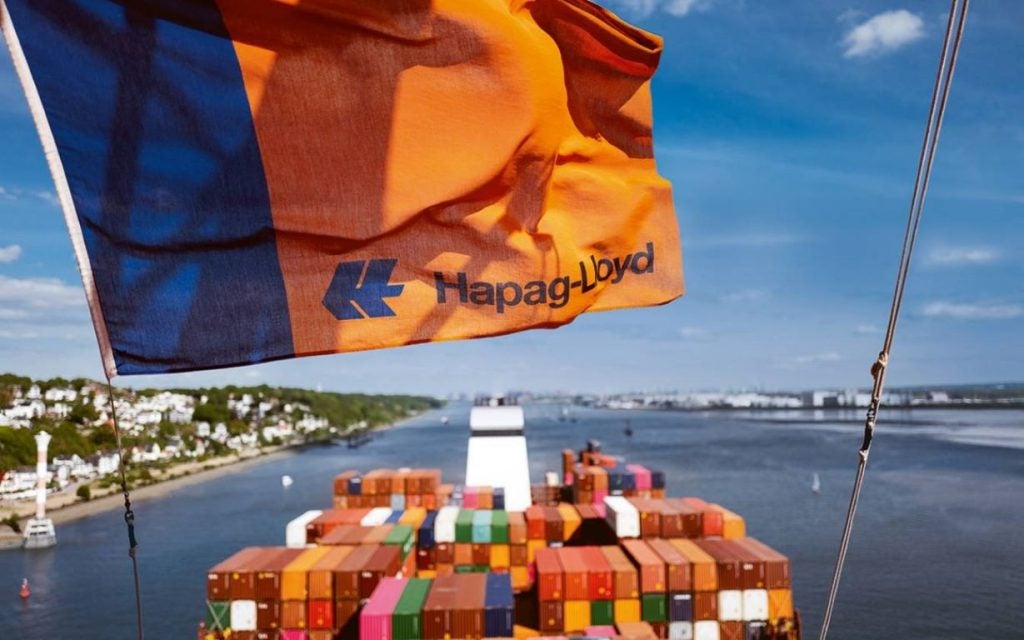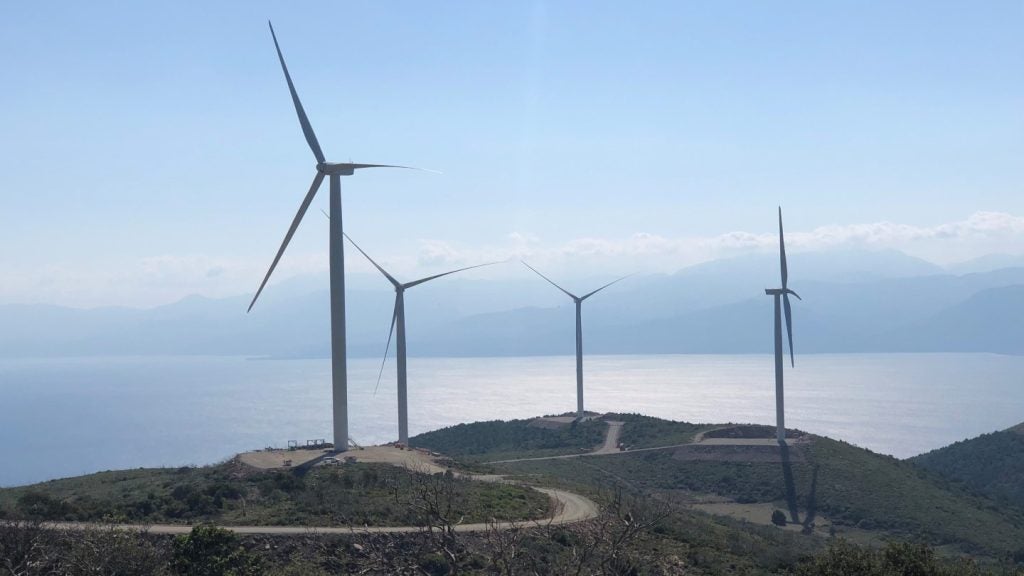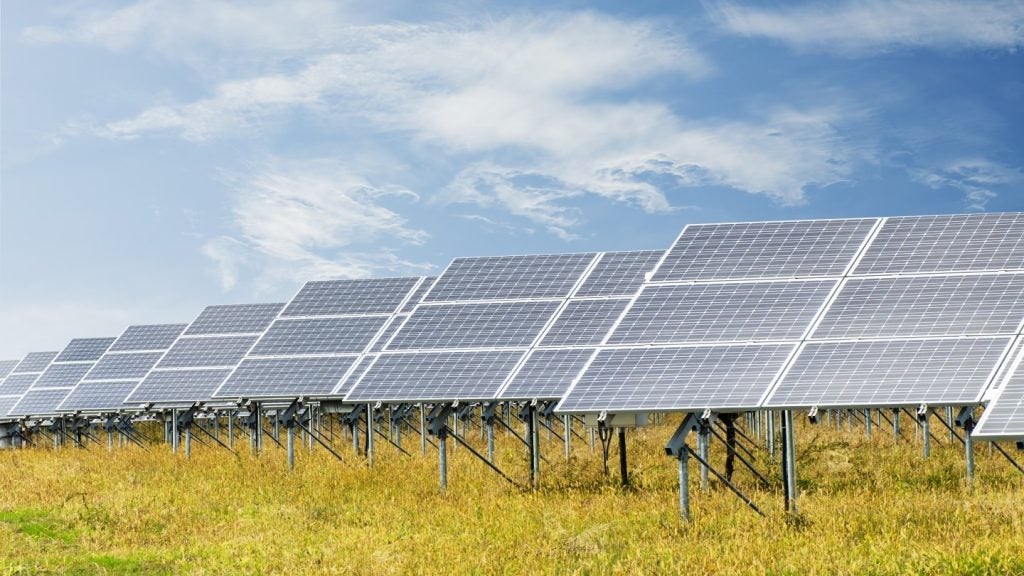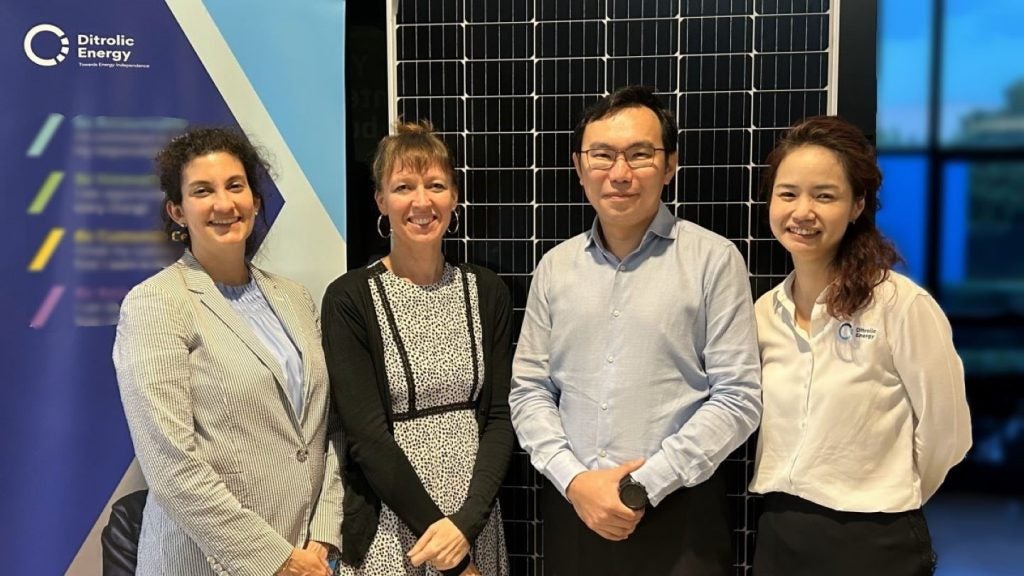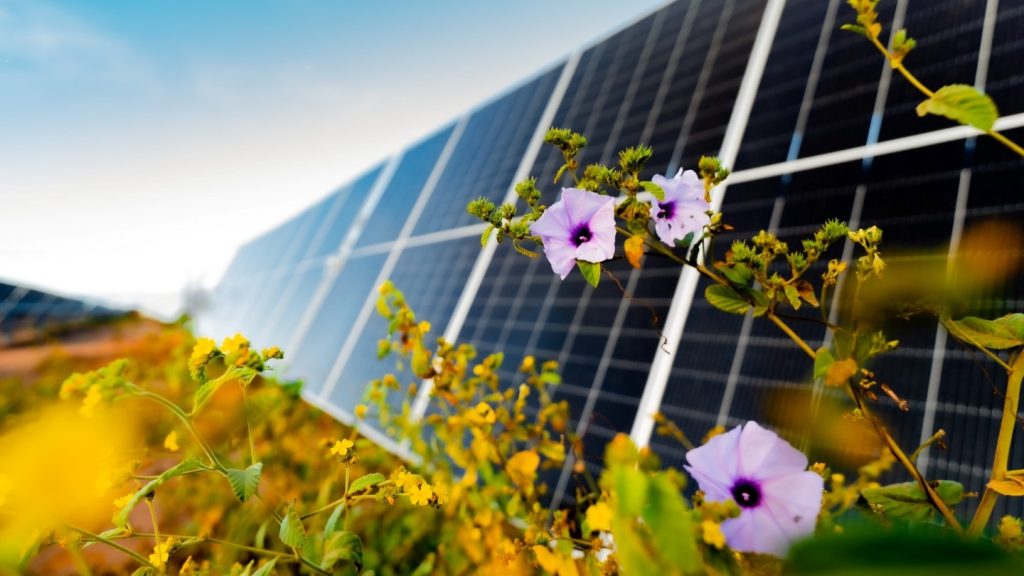In recent years, the term 'greenwashing' – defined by Merriam-Webster as “the act or practice of making a product, policy, activity, etc. appear to be more environmentally friendly or less environmentally damaging than it really is” – has become a part of the day-to-day lexicon. It is representative of increasing green scepticism around the environmental claims of major energy institutions and corporations, with many of their ‘green’ products coming under intense scrutiny. Green hydrogen is no exception.
With so much cynicism around green or low-carbon hydrogen, it is worth examining where regulators and producers have fallen short in the past to ensure that the industry can learn from its mistakes and develop green hydrogen into the game-changing clean fuel it claims to be – and has the potential to become.
The tricky tangle of hydrogen terminology
The processes that can be used to convert the hydrogen abundant in our atmosphere into a useful form vary, and the process used determines the classification of the final product. The amount of emissions involved in production is key to classifying hydrogen, differentiating green hydrogen from any other.
The UK Government has invested millions of pounds into what it terms “low-carbon” hydrogen. It sounds like a positive step, but there has been much criticism over the use of the term. While "low-carbon hydrogen” sounds like a synonym for green hydrogen, it covers a broad swathe of hydrogen production methods. In the case of the UK Government, 84% of what it refers to as “low-carbon hydrogen” is in fact blue hydrogen – that is, hydrogen produced by burning natural gas but with carbon capture technologies used to reduce total emissions.
In an article titled How Greenwashing Could Undermine Hydrogen’s Future, writer Felicity Bradstock criticised the UK’s push into blue hydrogen, noting that many have called into question the efficiency of carbon capture technology, as well as the potential of methane leaks in these facilities. She stated that taxpayer money is being used to fund technology marketed as being beneficial to the environment but in fact uses fossil fuels in large amounts.
The backlash to the UK Government’s plans highlights the need for clarity and transparency in our discussions around hydrogen. What could be done better to ensure that the hydrogen revolution is truly green?
A substandard set of standards
One of the biggest issues facing the green hydrogen industry is the lack of global standardisation regarding the measurement and threshold of emissions. Until recently, there was no global standard set for the maximum emissions of green hydrogen. While the Green Hydrogen Organisation launched its new Green Hydrogen Standard at COP28 in December 2023, “green” is not a protected term and abiding by the Green Hydrogen Standard is only voluntary. As Malcom Turnbull, former Australian Prime Minister and current chairman of the Green Hydrogen Organisation, put in his introduction to the new Green Hydrogen Standard: “The good news is that it is possible to produce hydrogen using little or no emissions. The bad news is that the vague concept of ‘clean’ or ‘low carbon’ hydrogen has become ubiquitous; a subtext for promoting fossil-fuel derived hydrogen with emissions which are still too high for our planet to cope with.”
Another attempt at standard-setting from COP28 further revealed the perils of insufficiently robust definitions to avoid the greenwashing trap. The International Standards Organisation (ISO) launched a methodological standard for assessing greenhouse gas emissions from hydrogen production at COP28 but critically did not set a threshold for clean or green hydrogen. Marta Lovisolo, senior policy advisor for renewable energy systems at non-governmental organisation Bellona, issued a scathing reaction at the time, stating: “The ISO hydrogen standard announced today potentially increases confusion of what should classify as ‘clean’ hydrogen, instead of simplifying it... by failing to establish a threshold for emissions from hydrogen production, it is at best an emissions calculator – at worst a greenwashing tool for dirty hydrogen.”
It is clear that policy and regulatory changes need to be made to ensure that green hydrogen is, in fact, green. One significant problem that has been raised is that when electrolysers are run using grid electricity, even if that electricity is from a renewable source, any spike in demand from the rest of the grid could trigger the need to activate fossil fuel power stations to meet consumer demand. The EU has recently developed legislation to avoid this issue by introducing the idea of “additionality” into its Delegated Act on a methodology for renewable fuels on non-biological origin, adopted in June 2023. Essentially, this demands that any new hydrogen production must be met by new, additional renewable energy generation to be classified as “green” under the EU definition. The legislation adds that the EU definition of “clean hydrogen” applies not only to hydrogen produced within the bloc but also to hydrogen imported into the EU. This ruling of “if you want to sell to our citizens, you must meet our standards” may serve as motivation for other nations to apply more stringent regulations to their own clean hydrogen standards.
With the EU representing a diverse portfolio of nations with varying energy needs, any jointly created energy legislation created by the bloc serves as a strong example of how other nations can collaborate and create new standardised frameworks that serve all. With this legislation only coming into force in June 2023, its impact remains to be seen. Nonetheless, it represents a positive step forward in clean hydrogen that other governments should seek to model.
Blockchain: transparency and traceability?
One technical solution that could solve much of the greenwashing problem in the hydrogen industry is the blockchain. For the uninitiated, the blockchain works essentially as a digital ledger, keeping a secure record of transactions that is permanently viewable, meaning that actions can be traced back to the source. As such, it can easily validate the authenticity of a product. For instance, major diamond producer De Beers has integrated blockchain technology to prove the exact source of each of its diamonds to consumers. For hydrogen production, it could serve as a way of tracking every gram of carbon emissions in the production of green hydrogen.
FlexiDao has developed a new platform called GreenH2Chain to trace the production and flow of green hydrogen, calculating emissions at every stage of the process. It works like this: FlexiDao’s platform collects generation data from renewable energy plants, verifies how much of its output is used in an electrolyser, and the amount of hydrogen produced in the process, before verifying the delivery of the green hydrogen. However, this technology can only come in handy paired with appropriate policy developments (as aforementioned). When more robust standards for the certification of green hydrogen come into force, blockchain tech like this could play an integral part in verifying emissions.
With the blockchain providing an open-source, permanent and public record, it will allow both policymakers and users to feel confident in the “greenness” of the hydrogen product, easing green scepticism. In order to gain public and policymaker support, trust in the validity of green hydrogen is key, and the tamper-proof nature of the blockchain could be a useful ally in this endeavour.
Joan Collell, co-founder and CCO at FlexiDAO, is optimistic about blockchain’s role in the clean hydrogen future, stating: “Hydrogen is receiving a lot of investments from public institutions. It is considered one of the main drivers of decarbonisation. A new certification system for hydrogen will be needed, and blockchain can help solve this problem. We are ready for this.”
Taking a more pragmatic view of the issue, it is worth noting that any expansion in clean hydrogen technology and development is a positive – blue hydrogen is better than entirely relying on fossil fuels. However, so much more needs to be done to bring cleaner hydrogen to the fore; with price being a significant barrier to green hydrogen implementation, we must invest in the continued development of technology to bring prices down.
A clean hydrogen future requires investment in hydrogen tech – not just financial but also public and policymaker support. Wishy-washy definitions – bundling blue hydrogen under the clean or green umbrella, for instance – do nothing but add to public wariness and weariness around clean technologies, leaving many feeling like they have been duped into another greenwashing scam – and in many cases they’d be correct.
We need clarity and bolder, greener targets to fully take advantage of hydrogen for the revolution it could very well be.


